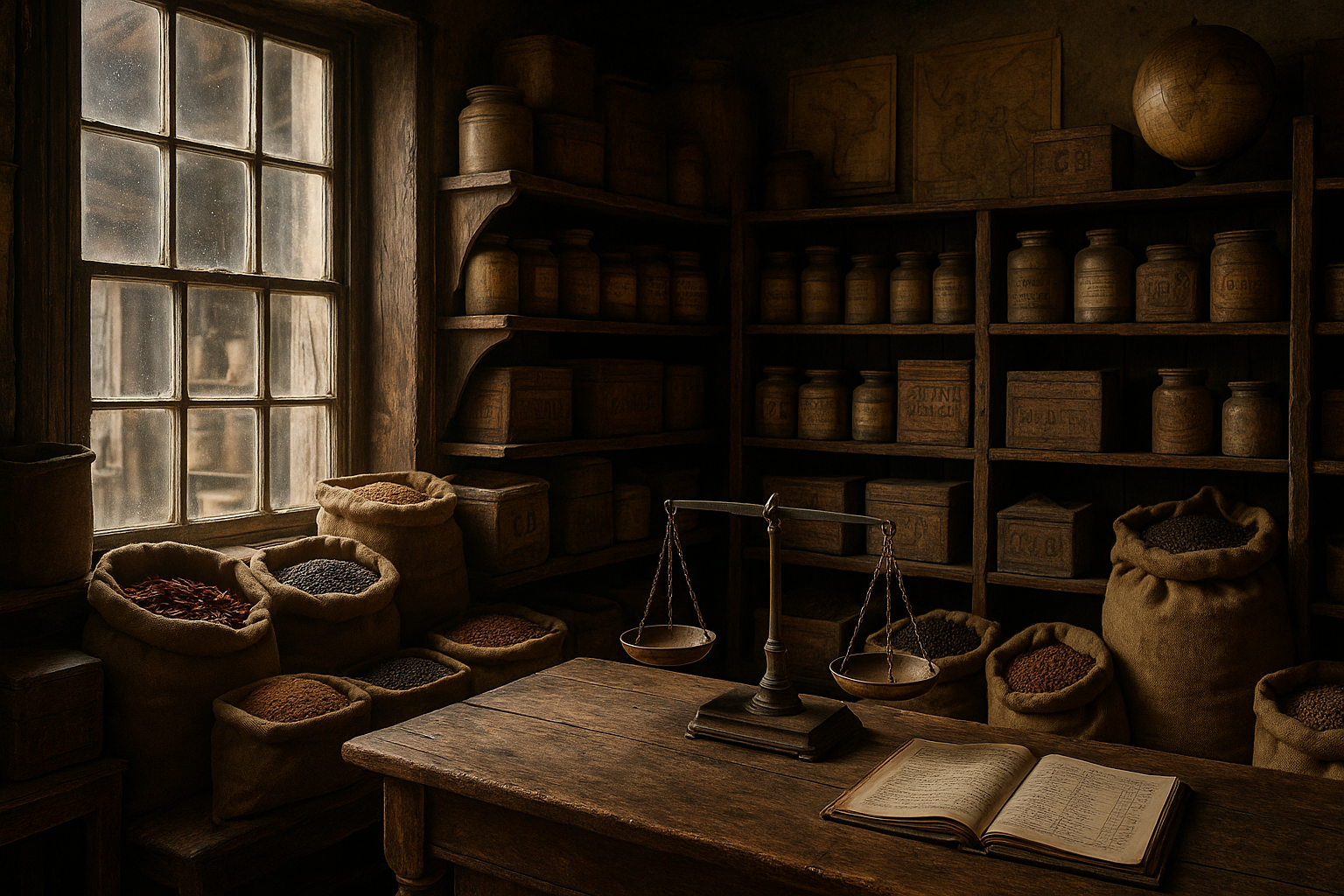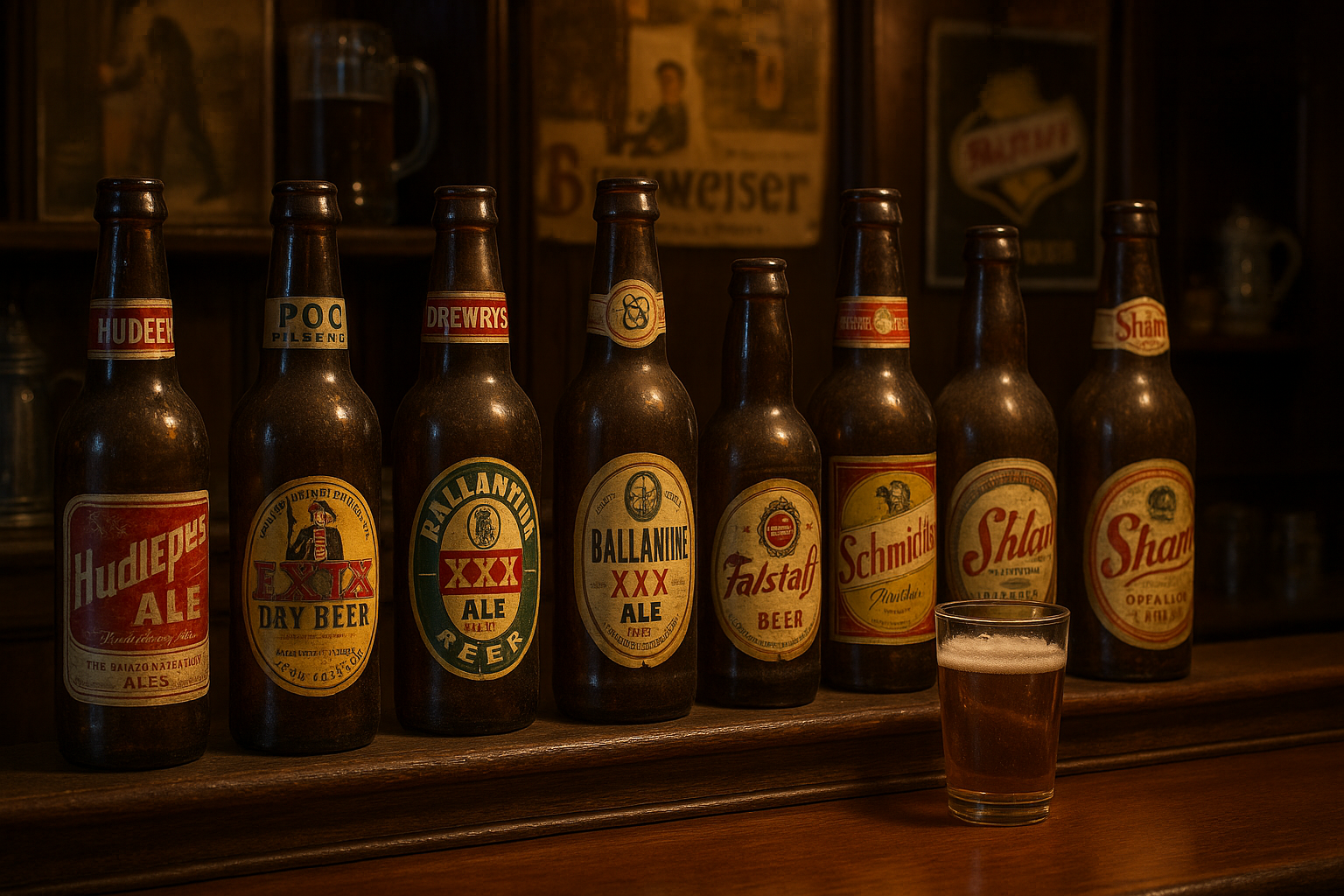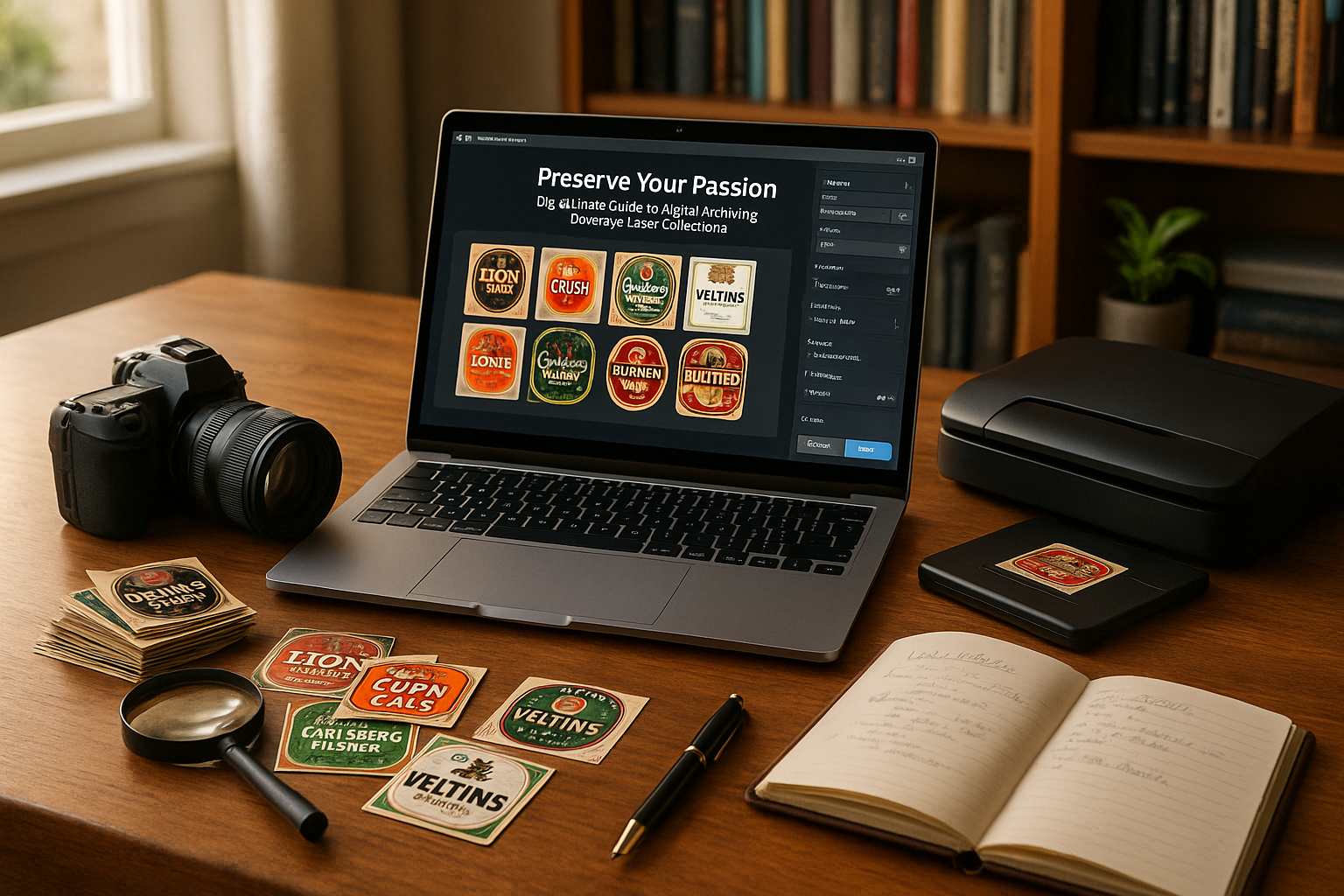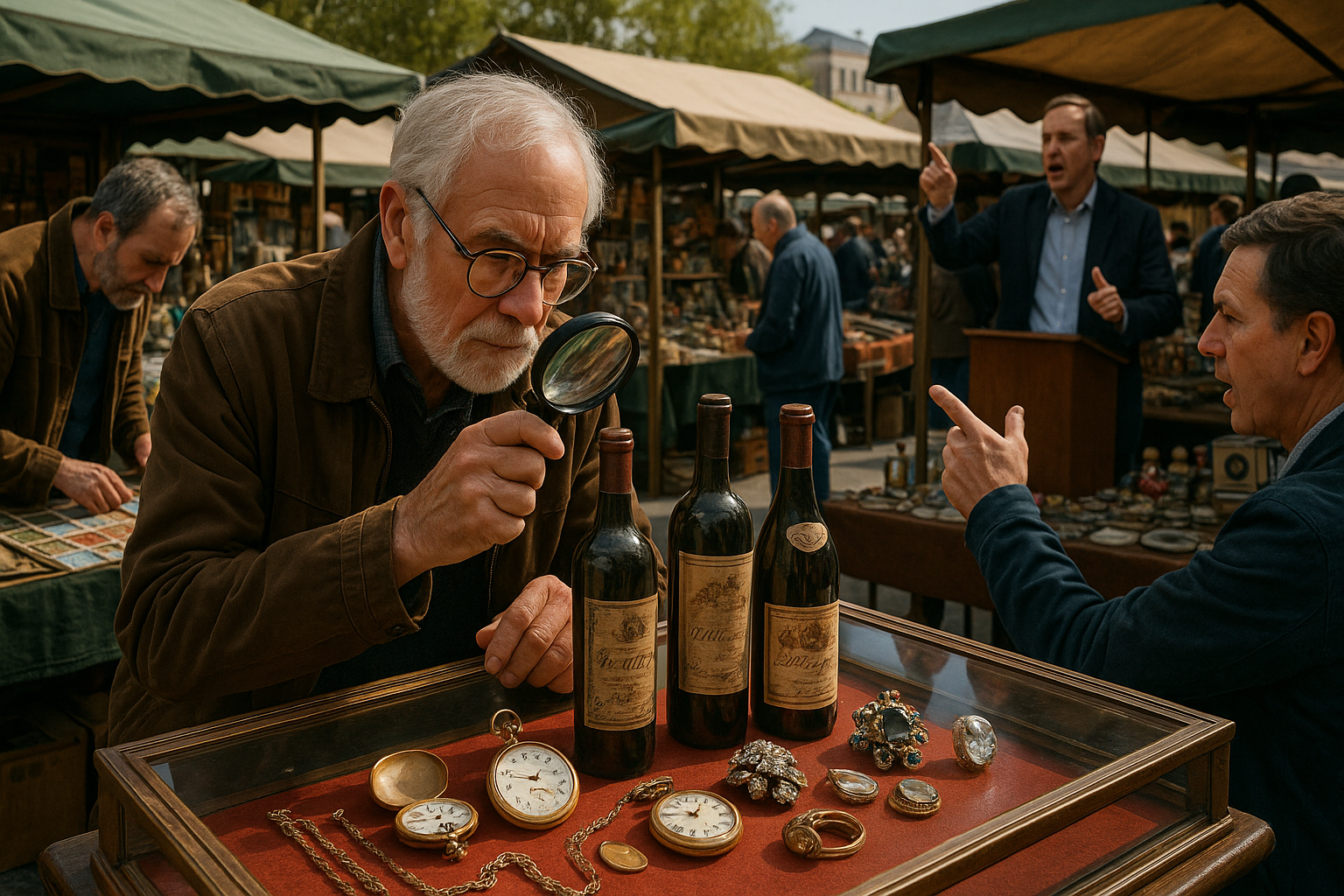In a world that is constantly evolving, where technology and innovation seem to redefine our experiences daily, there’s an undeniable charm in looking back. Nostalgia, with its evocative power, offers a comforting escape to the past—a past where design was as much about craftsmanship and storytelling as it was about function. This longing for yesteryears is not merely a sentimental journey; it has become a powerful tool in the arsenal of modern branding. By skillfully weaving vintage design elements into contemporary branding strategies, businesses are crafting identities that are not only fresh and relevant but also deeply resonant and timeless.
The resurgence of vintage aesthetics in modern branding is not just a passing trend; it is a strategic move that taps into the emotional reservoirs of consumers. This journey begins with an understanding of what vintage truly represents. It’s more than just aged or old-fashioned; it embodies a period-specific charm, an authenticity, and a quality that seems to elude the mass production of today’s world. Brands are recognizing that in a market flooded with digital noise and fleeting trends, the incorporation of vintage elements can ground a brand, offering it a sense of history and permanence that is incredibly appealing to a wide audience.
So, how do brands effectively integrate these nostalgic elements without losing their contemporary edge? This article will delve into the intricacies of blending the old with the new, exploring how typography, color palettes, and imagery can be employed to evoke a sense of nostalgia while still aligning with modern sensibilities. We’ll examine case studies of successful brands that have harnessed this approach to create a distinct identity that stands out in a crowded marketplace. Whether it’s the use of retro fonts that harken back to the elegance of the Art Deco era, or color schemes that echo the bold yet muted tones of the 70s, these design choices are far from arbitrary—they are carefully curated to strike an emotional chord.
Moreover, we’ll discuss the psychological underpinnings of nostalgia in branding and why it resonates so profoundly with consumers today. In an era where consumer choices are often driven by emotion, understanding the emotional landscape that vintage design can cultivate is crucial. From fostering a sense of belonging and familiarity to invoking memories of a simpler, perhaps more idyllic time, vintage design elements have the power to transform a brand’s narrative. As we navigate this exploration, it will become evident that the real magic lies in the balance—maintaining the integrity of vintage design while innovating for the future. Join us on this captivating journey to discover how brands are reviving nostalgia to craft identities that are not only memorable but truly timeless. 🕰️
The Timeless Allure of Vintage Design
The world of branding is ever-evolving, yet certain elements remain perennially attractive. Vintage design, characterized by its nostalgic appeal, has a unique power to evoke emotions and memories, setting brands apart in a sea of modern minimalism. By integrating these timeless elements, companies can create a sense of authenticity and depth that resonates with diverse audiences. In this section, we will delve into the core attributes that define vintage design and explore why it continues to be a compelling choice for modern branding.
At its heart, vintage design is all about storytelling. Each element, from typography to color palette, works together to craft a narrative that transports consumers to another era. This storytelling capability is one of the reasons why vintage design elements are so effective in branding. They allow companies to communicate their heritage and values in a visually engaging manner. Furthermore, the texture and complexity inherent in vintage design often provide a welcome contrast to the sleek, sometimes impersonal look of contemporary design.
Another key aspect of vintage design is its versatility. Whether a brand is aiming for a retro 70s vibe or the elegance of the Art Deco period, vintage elements can be adapted to suit a wide range of brand identities. This adaptability makes vintage design particularly appealing to companies looking to reinvent themselves while maintaining a connection to their roots. As a result, more and more brands are choosing to incorporate vintage elements into their modern design strategies, creating a blend of old and new that feels both fresh and familiar.
The Components of Vintage Design
When we talk about vintage design, several core components come to mind. Typography, for example, is a crucial element. Vintage fonts often feature ornate details and distinctive characteristics that convey a sense of history. Brands like Coca-Cola and Harley-Davidson have long leveraged vintage typography to create logos that are instantly recognizable and imbued with character. These fonts can evoke specific time periods and styles, allowing brands to tap into the nostalgia of different generations.
Color plays an equally important role in vintage design. Typically, vintage color palettes are warm and muted, reflecting the limitations of printing technology from earlier decades. These colors can evoke a sense of warmth and familiarity, often associated with the past. Brands that use these palettes in their marketing materials often aim to create an emotional connection with their audience, capitalizing on the comforting associations of yesteryear.
Textures and patterns are also pivotal in crafting a vintage look. From distressed paper textures to intricate floral patterns reminiscent of Victorian wallpaper, these elements add depth and authenticity to a design. When incorporated thoughtfully, textures and patterns can transform a simple design into a rich tapestry that tells a story. Consider the use of these elements as layers that add dimension to a brand’s visual identity, helping to create a cohesive and engaging aesthetic.
Integrating Vintage Elements into Modern Branding
Successfully incorporating vintage elements into modern branding requires a delicate balance. Brands must navigate the fine line between nostalgia and innovation, ensuring that their designs feel both classic and contemporary. This section will explore various strategies for achieving this balance, from blending vintage and modern elements to ensuring that the overall design remains cohesive and on-brand.
One effective strategy is to combine vintage typography with modern layouts. This approach allows brands to maintain the nostalgic appeal of vintage fonts while leveraging contemporary design principles like clean lines and open spaces. By juxtaposing old and new, brands can create designs that are visually intriguing and memorable. Consider the popularity of brands like Anthropologie, which masterfully blend vintage-inspired elements with modern aesthetics to create a unique shopping experience.
Another approach is to incorporate vintage color palettes into modern design frameworks. This can be achieved by using muted, retro colors in conjunction with sleek, minimalist layouts. The contrast between the warm, nostalgic hues and the clean lines of modern design can create a striking visual impact. Brands like Urban Outfitters and Free People have successfully used this technique to appeal to a young, style-conscious audience, proving that vintage elements can be relevant and appealing in today’s market.
It’s also important for brands to ensure that their vintage-inspired designs align with their overall brand identity. This means considering factors such as target audience, brand values, and market positioning. A vintage design that resonates with one audience may not have the same effect on another. Therefore, brands must take the time to understand their audience and tailor their designs accordingly. This approach will help ensure that the vintage elements enhance, rather than detract from, the brand’s overall message.
Case Study: Successful Brands Using Vintage Design
To further illustrate the potential of vintage design in modern branding, let’s examine a few case studies of brands that have successfully integrated vintage elements into their visual identity. These examples demonstrate the diverse ways in which vintage design can be adapted to suit different brand narratives and market segments.
One such brand is Levi’s, which has consistently drawn on its rich heritage to create branding that feels both classic and contemporary. By incorporating vintage typography and imagery into their advertising campaigns, Levi’s has successfully maintained its status as an iconic American brand. The company’s use of retro-inspired design elements, such as distressed textures and sepia-toned photography, serves to reinforce its long-standing legacy and commitment to quality.
Another noteworthy example is the cosmetics brand Benefit, which has built its brand identity around a playful, vintage-inspired aesthetic. Benefit uses vintage packaging, typography, and color palettes to evoke a sense of fun and nostalgia. This approach has resonated with consumers, helping to differentiate the brand in a crowded market. By embracing the charm and whimsy of vintage design, Benefit has successfully carved out a unique niche in the beauty industry.
Conclusion
Reviving Nostalgia: Incorporating Vintage Design Elements into Modern Branding for a Timeless Appeal
In today’s fast-paced digital world, where trends emerge and dissipate with unprecedented speed, the appeal of nostalgia remains a powerful tool in the arsenal of branding experts. Throughout this article, we have explored the multifaceted benefits of integrating vintage design elements into modern branding strategies, demonstrating how they can evoke emotional connections, create a sense of timelessness, and differentiate brands in an increasingly crowded marketplace.
One of the primary points discussed is the emotional resonance that nostalgia can evoke. By tapping into familiar images, colors, and themes from the past, brands can foster a deep sense of connection and authenticity with their audience. This emotional engagement is crucial as it not only attracts attention but also builds loyalty, encouraging consumers to feel part of a brand’s story. This approach is particularly effective in an era where consumers are increasingly seeking genuine connections and meaningful experiences with the brands they choose to support.
Moreover, incorporating vintage elements can provide a brand with a timeless appeal. In contrast to fleeting trends, vintage design offers a sense of permanence and durability. As discussed, brands like Coca-Cola and Levi’s have effectively utilized retro elements to maintain their identity over the years while still remaining relevant. This strategic blend of old and new helps brands navigate the delicate balance of honoring tradition while embracing innovation, ensuring they remain distinctive and memorable in the minds of consumers.
Another key point highlighted is the differentiation that vintage design can offer. In a saturated market, standing out is imperative for success. Vintage elements can help a brand distinguish itself by telling a unique story, one that is rooted in a rich heritage or a compelling narrative. This storytelling aspect not only enhances brand identity but also invites consumers to become part of a larger narrative, deepening their engagement and investment in the brand.
The implementation of vintage design elements should, however, be done thoughtfully and strategically. It’s essential for brands to ensure that these elements align with their overall identity and values, and that they are relevant to their target audience. As we’ve seen, this requires a nuanced understanding of both the historical context of the design elements and the contemporary context in which they will be received.
In conclusion, the integration of vintage design elements into modern branding strategies offers a powerful way to connect with consumers on an emotional level, provide a timeless appeal, and differentiate in a competitive market. As branding continues to evolve, the ability to blend the nostalgia of the past with the innovation of the present will be a defining factor for brands seeking lasting success.
We encourage you to reflect on how these insights can be applied to your own branding efforts. Whether you’re a business owner, a marketer, or simply someone interested in design, consider how the stories and emotions of the past can enrich your brand’s narrative. Share your thoughts and experiences in the comments below, and let’s continue the conversation about how nostalgia can shape the future of branding.
Feel free to explore further by visiting these resources:
1. Nostalgia in Branding: The Power of the Past
2. Vintage Design for Modern Brands
3. Building Emotional Connections Through Design
Thank you for joining us on this journey through the past and present of branding. Let’s create timeless stories together! ✨
Toni Santos is a visual poet and botanical dreamweaver, archiving the ephemeral beauty of dreams through nature’s delicate language.
In his artistic universe, every petal, vine, and root becomes a memory—an echo from the subconscious—preserved in time like pages from an ethereal journal. Toni treats plants not just as living beings, but as dream-symbols: vessels of forgotten feelings, silent wishes, and secret stories waiting to unfold.
His work is rooted in the belief that nature holds the vocabulary of dreams. Through botanical compositions, symbolic floral creations, and enchanted visual studies, he gives form to the unseen — the moment between sleep and wakefulness, where memory fades and imagination begins.
As the visionary behind Vizovex, Toni curates collections that feel like fragments of a dreamscape: moss-filled glass jars, mythic flowers, ancient botanical symbols reimagined. These creations invite you to explore your inner worlds and reawaken your sense of wonder.
His work is a tribute to:
The dreamlike language of plants and natural symbols.
The quiet messages found in forgotten moments.
The art of recording the soul’s memories in organic form.
Whether you’re a seeker of meaning, a lover of myth, or someone who drifts between the symbolic and the real, Toni welcomes you to explore an archive of dreams — one petal, one relic, one timeless whisper at a time





